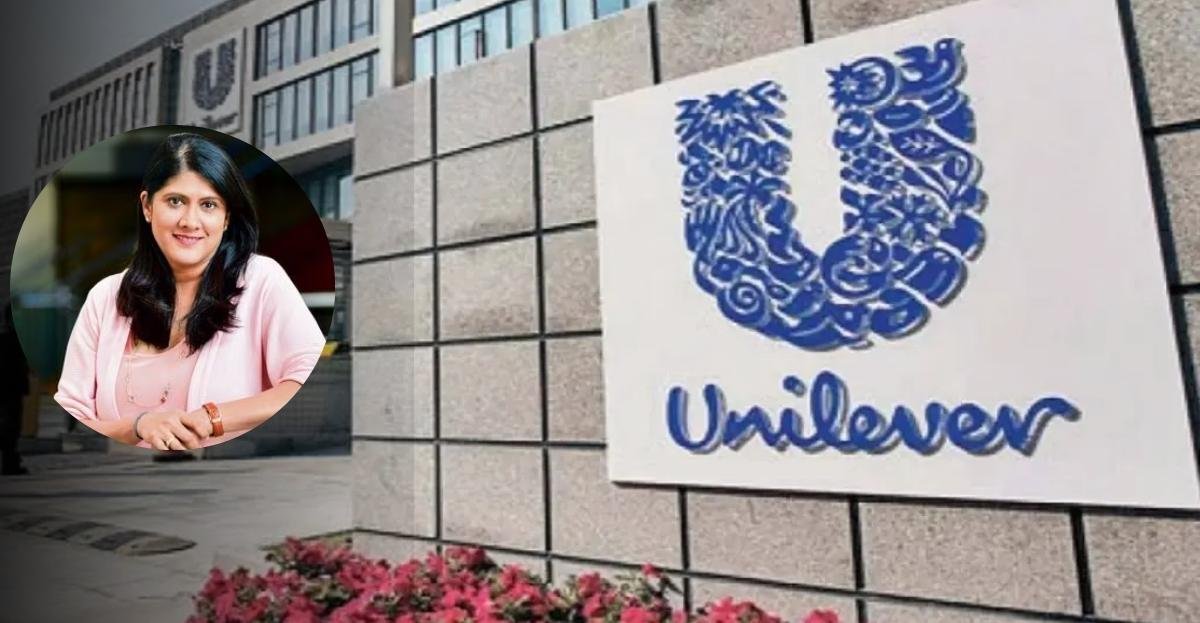A Defining Moment in Leadership and Culture
In a powerful statement about long-term vision, talent nurturing, and inclusive progress, Hindustan Unilever has announced Priya Nair as the next HUL CEO. Her journey-spanning over three decades within the same organization-is a compelling example of internal leadership growth, thoughtful succession planning, and world-class leadership development.
This landmark appointment isn’t just about one individual’s rise to the top-it represents a shift in how major corporations like Hindustan Unilever are redefining employer branding, prioritizing DEI in the workplace, and leading by example.
Priya Nair: A Trailblazer in the Making
Priya Nair began her career at Hindustan Unilever more than 30 years ago. What started as a managerial role evolved into a career of high-impact leadership and brand building. Over the years, she led several successful product campaigns, demonstrated people-first leadership, and became known for her emotional intelligence and strategic thinking.
Her appointment as HUL CEO is the result of persistent performance and an environment that supported internal leadership growth. Priya Nair didn’t just grow within the system-she helped shape it. Her rise signals to employees across industries that long-term commitment, when matched with learning and leadership, can lead to the highest echelons of success.
A Masterclass in Succession Planning
The elevation of Priya Nair to HUL CEO reflects one of the most successful examples of succession planning in recent corporate memory. Companies often struggle to ensure continuity in leadership without disruption, but Hindustan Unilever has shown how careful planning and early talent recognition can eliminate uncertainty.
This seamless transition showcases how leadership development isn’t just about training programs-it’s about identifying potential early, nurturing it consistently, and creating a clear path to senior leadership. The fact that Priya Nair has been with Hindustan Unilever for her entire career underlines how internal pipelines, when prioritized, can result in effective and trusted leadership.
Leadership Development Rooted in Culture
One of the most defining aspects of Hindustan Unilever’s approach is how deeply its leadership development strategy is embedded into company culture. Through structured programs, mentorship initiatives, and cross-functional exposure, the company invests in people who align with its long-term mission.
Priya Nair’s story highlights how internal leadership growth can flourish in an ecosystem that values both performance and potential. Her ability to evolve into the role of HUL CEO after years of dedication exemplifies how leadership development must be a continuous journey, not a checkbox item.
Companies looking to future-proof their top-level positions should pay close attention to how Hindustan Unilever builds leaders from within.
DEI in the Workplace: Breaking Barriers
Priya Nair’s appointment is not just a personal milestone-it is also a significant step forward for DEI in the workplace. As a woman taking the reins of a massive conglomerate, she represents progress for diversity and inclusion in Indian corporate leadership.
HUL CEO roles have traditionally been occupied by male leaders, and this transition signifies the breaking of a long-standing barrier. Hindustan Unilever’s commitment to DEI in the workplace is not just in its statements but in its actions. When leadership reflects the diversity of the wider society, it sends a strong message about values and inclusivity.
By elevating Priya Nair, the company not only recognizes her capabilities but also reinforces the importance of equitable growth and access to leadership roles across gender lines.
Related Posts
- Schneider Electric Appoints Bhavna Verma as VP-Strategy and M&A for Greater India Zone
- DRA Homes Sets a New Benchmark in Real Estate Leadership with ₹125 Crore ESOP, Employee Incentives, and the “Pride Wall of Equality”
- Vantage Circle Launches Global Recognition & Rewards Report 2025: From Intent to Impact
Employer Branding: Actions Speak Louder Than Words
The story of Priya Nair is a case study in effective employer branding. At a time when candidates seek purpose, inclusion, and growth, Hindustan Unilever’s ability to promote from within sends a powerful message about its values.
This appointment enhances HUL CEO brand equity both internally and externally. Internally, employees feel inspired knowing that their efforts could someday lead to the top. Externally, Hindustan Unilever reinforces its image as a workplace that nurtures, supports, and retains talent long-term.
In a competitive hiring market, real-life examples of internal leadership growth make for the strongest recruitment tools. Employer branding isn’t just about campaigns-it’s about culture in action, and Priya Nair’s journey delivers that message perfectly.
Lessons for Future-Focused Organizations
For companies aiming to build long-term credibility and talent sustainability, Priya Nair’s elevation as HUL CEO offers several key takeaways:
- Succession planning should start years in advance and be tied to performance, values, and potential-not just seniority.
- A strong leadership development framework is a strategic asset, not just an HR function.
- Promoting DEI in the workplace must go beyond training; it must be visible in leadership representation.
- Employer branding succeeds when lived experiences reflect the company’s promises.
- Prioritizing internal leadership growth encourages loyalty and long-term engagement.
Organizations that embed these principles into their culture will not only retain their best talent-they will also attract future leaders.
A Blueprint for Sustainable Leadership
The journey of Priya Nair from a young brand manager to the HUL CEO of one of India’s most admired companies tells us everything we need to know about strategic leadership development, long-term succession planning, and purpose-driven employer branding.
Hindustan Unilever has once again demonstrated that meaningful change begins from within. With a renewed focus on internal leadership growth and a firm commitment to DEI in the workplace, the company isn’t just shaping products-it’s shaping the future of work.
At Amazing Workplaces®, we believe stories like these deserve celebration and replication. Because when organizations truly invest in people, great leadership is not an exception-it becomes the norm.
Editor’s Note: This article presents publicly available information only as part of our employer branding insights series. It does not reflect legal opinions or endorsements related to any ongoing or future legal matters involving the organization.










